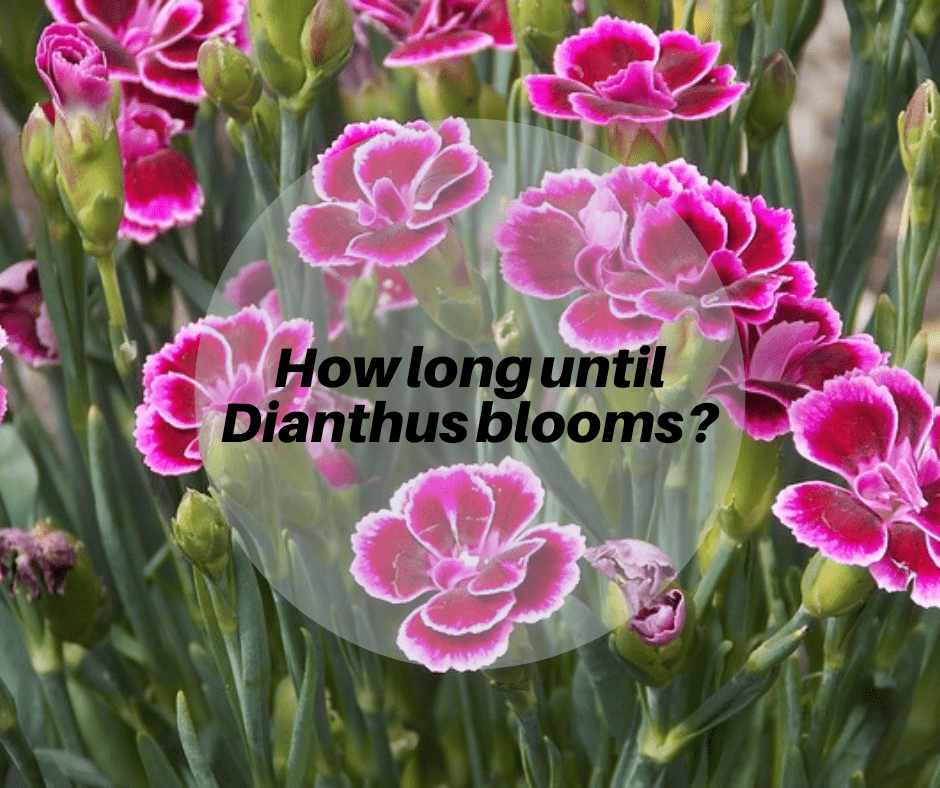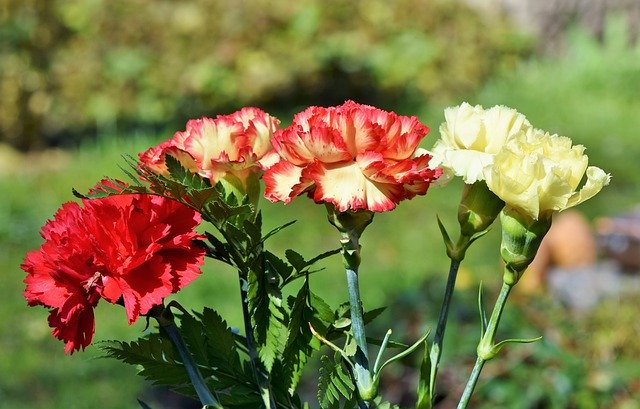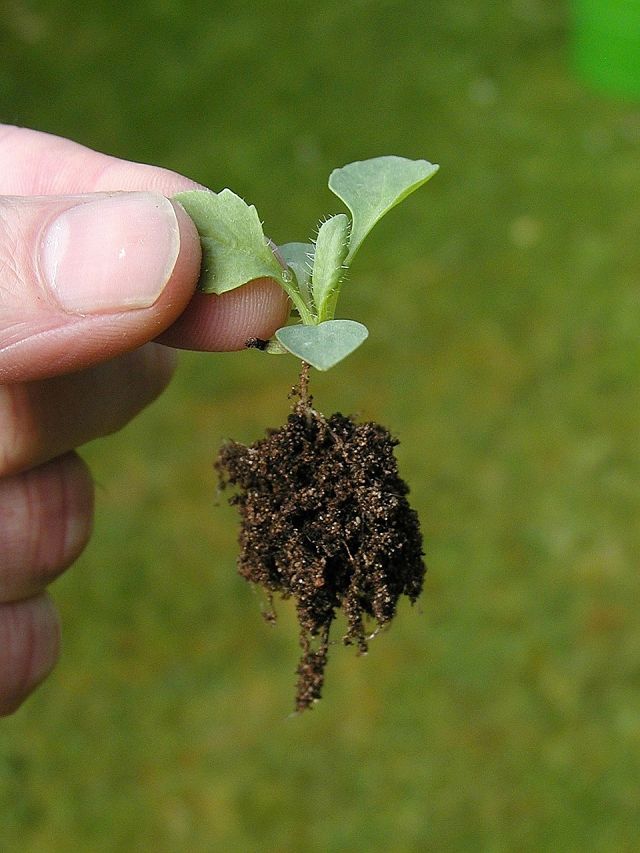This post may contain affiliate links. As an Amazon Associate we earn from qualifying purchases.
Of the estimated 300 species in the Dianthus genus (Dianthus spp.), only a handful are grown in the home garden. They go by various nicknames, such as carnation (Dianthus caryophyllus), sweet William (Dianthus barbatus) and pinks (Dianthus plumarius).
Depending on species, Dianthus may be biennial, annual and even perennial.
Timing a plant from planting the seed to bloom isn’t an exact science, but if appropriate procedures are followed, your plants should bloom within the time specified.
Purchase dianthus seeds now at BotanicalInterests.com.
Germination Timing
If your aim is to have Dianthus flowers in the first year of planting the seed, sow them in late winter or early spring, indoors. Six to eight weeks before the last frost provides a good head start for the seeds. You can find your frost dates at farmersalmanac.com.
You can also plant seeds outdoors before the last frost because most Dianthus species tolerate cold temperatures.
Perennial species germinate within three weeks and annuals should emerge from the soil within 10 days. As soon as either breaks the soil, place the growing container in a south-facing window that receives lots of sunlight.
Timing to Bloom
The more commonly grown Dianthus species bloom the first year from seed. Some, such as sweet William, will only do so if given a head start by sowing the seed indoors in winter. Expect sweet William to bloom in spring and summer and carnations to bloom in spring if the seed is sown indoors over late winter.
Generally, the time from seeding to bloom varies according to species, but expect your first flowers three to four months after you plant the seed.
Be aware that only selected cultivars of Dianthus plumarius, such as “Sweetness” (Dianthus plumarius “Sweetness”) will bloom the first year from seed. Sow the seeds in February and you’ll have sweet smelling flowers by May.
When to Transplant
Wait until the Dianthus seedlings produce their fourth set of leaves to transplant them into individual pots. If you’re transplanting from a flat, use 2.5-inch pots. If you germinated in pots there is no need to transplant until you set the seedlings into the garden.
Planting Outdoors
Although Sweet William does fine in partial shade, most other Dianthus species require at least six hours of sun every day.
Ensure that the soil drains well in the planting area. If water tends to puddle after a heavy rain, add a 3-inch layer of compost to the soil and use a spading fork to blend it into the top 6 inches of soil. Not only will the compost help the soil to drain better but it adds nutrients that the growing Dianthus requires to thrive.
Plant Dianthus seedlings 6 to 8 inches apart.





